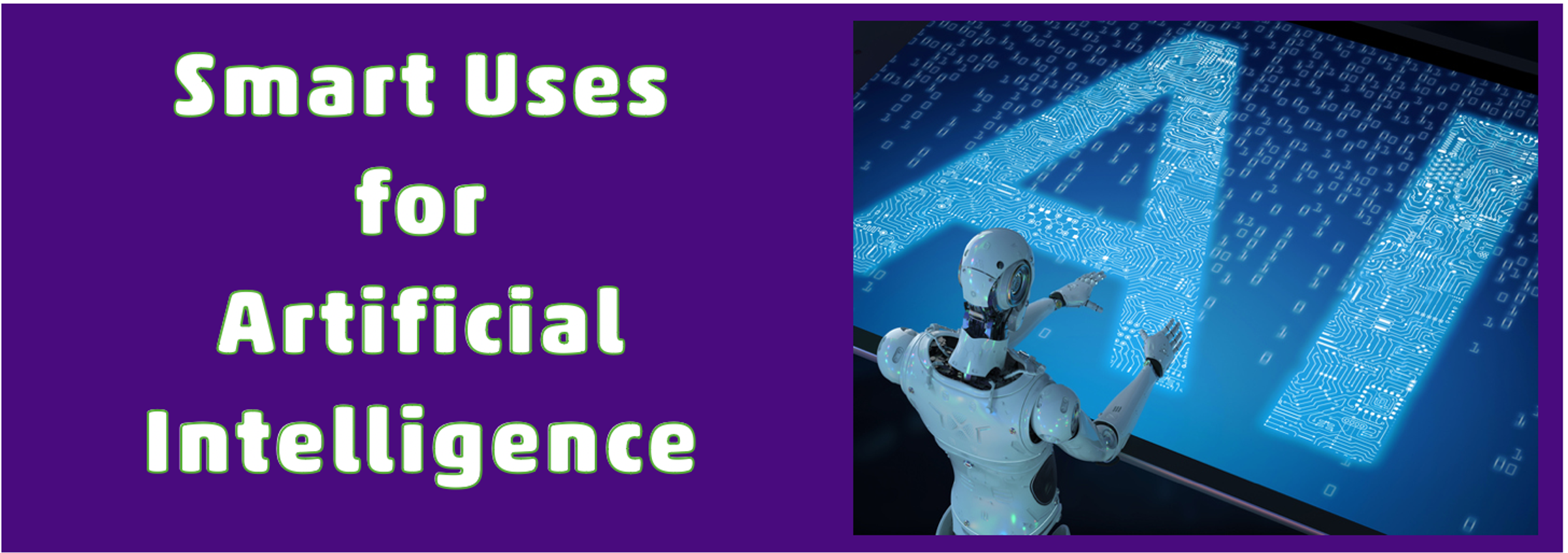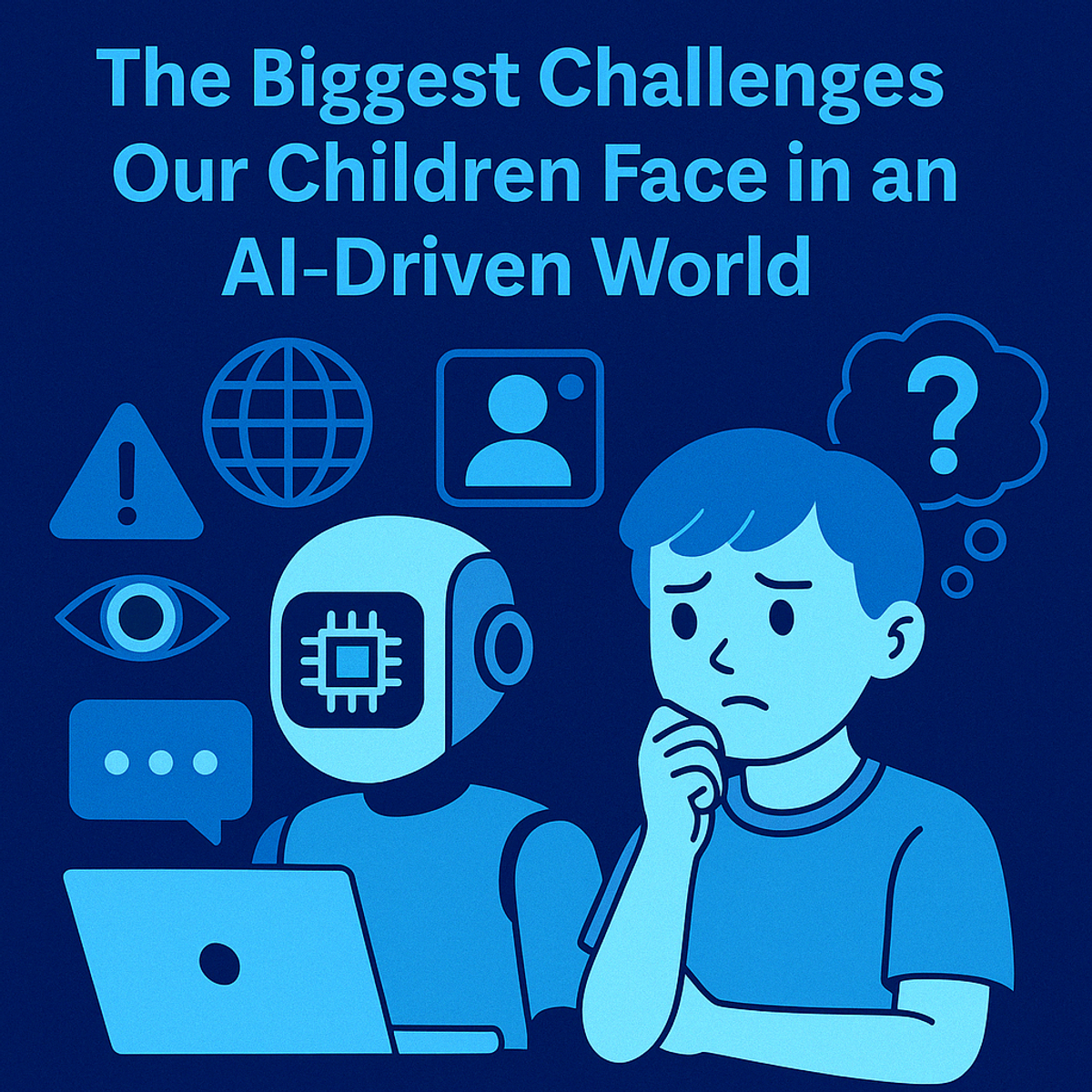The Technology Page:

🌐 The Biggest Challenges Our Children Face in an AI-Driven World
We are raising our children in an era of rapid technological change—one where artificial intelligence (AI) is no longer science fiction, but a daily reality. From chatbots to voice assistants, smart learning platforms to image generators, AI is woven into our homes, classrooms, and future job markets.
While AI offers remarkable opportunities for learning and creativity, it also presents some real challenges, especially for our tamariki (children) growing up in this new world. At Western Heights, we believe that understanding these challenges is key to supporting our children with the right skills, values, and mindset to thrive.
Here are some of the biggest challenges children face in an AI-driven world—and how we as whānau, educators, and a community can help:
1. Lack of Critical Thinking and Digital Discernment
AI systems can generate convincing but inaccurate or biased information. Children who rely too heavily on AI tools—without questioning them—risk developing shallow thinking or being misled.
🧠 What the research says:
A 2023 report from the OECD highlights how students are increasingly exposed to misinformation online and need robust critical thinking and media literacy skills to navigate AI-generated content (OECD, Education for a Digital World, 2023).
🔑 What we can do:
Teach children to ask: “Who made this? Why was it made? Can I trust it?” Encourage curiosity, fact-checking, and healthy scepticism—skills more important than ever in the age of deepfakes and algorithmic echo chambers.
2. Erosion of Creativity and Original Thinking
While AI can assist with writing, drawing, or brainstorming ideas, over-reliance can short-circuit the creative process. If a child always turns to a chatbot for help, they may stop trusting their own ideas.
🎨 What the research says:
The World Economic Forum’s Future of Jobs Report (2023) emphasises that creativity, originality, and initiative are among the top skills needed for the future, precisely because machines can’t replicate them.
🔑 What we can do:
Celebrate imagination and persistence. Let children wrestle with problems, embrace messy drafts, and take pride in their own ideas—even if they are imperfect. AI can be a great partner, but not a replacement, for human creativity.
3. Data Privacy and Surveillance
Many AI tools collect personal data, sometimes without full awareness. Children’s voices, faces, and online behaviours can be used to improve algorithms or even sold for profit.
🔍 What the research says:
UNESCO’s Guidance for AI in Education (2021) warns that children are particularly vulnerable to privacy violations and that schools and parents must be vigilant about the ethical use of AI and digital consent.
🔑 What we can do:
Use trusted, child-safe tools and teach digital citizenship from an early age. Children should learn that their data is valuable—and that they have a right to protect it. Schools must ensure robust privacy protocols and transparency regarding the use of AI.
4. Social Disconnection and Emotional Intelligence
AI doesn’t understand emotion the way humans do. Relying too much on machines may stunt children’s ability to read social cues, empathise, or resolve conflicts with others.
💬 What the research says:
Psychologist Sherry Turkle (MIT) argues that as children interact more with machines, they risk becoming “alone together”—present with others, but emotionally disengaged. Emotional intelligence and empathy must be actively nurtured.
🔑 What we can do:
Prioritise face-to-face communication, emotional literacy, and play-based learning. Encourage children to express their feelings, negotiate friendships, and develop strong peer relationships.
5. Equity and the Digital Divide
Not all children have the same access to AI tools—or the support to use them meaningfully. Without conscious effort, AI could widen existing learning gaps.
🌍 What the research says:
The Brookings Institution (2023) notes that AI in education risks entrenching inequity if tools are not inclusive, culturally responsive, or universally accessible.
🔑 What we can do:
At Western Heights, we are committed to ensuring every child has equitable access to technology and quality teaching. AI tools must enhance learning, not replace it—and every learner must feel seen and valued.
💡 Final Thoughts: What Truly Matters
AI is not going away. In fact, it’s only getting smarter. But what makes your child truly special—imagination, kindness, resilience, judgment—can’t be coded into a machine.
As educators and parents, our role is to help children use AI wisely, ethically, and creatively, while strengthening the very human skills that will matter most.
We aim to raise thinkers. Makers. Doers. Dreamers. Hopeful, discerning humans who are not afraid of the future, but ready to shape it.
📚 References
- OECD. (2023). Education for a Digital World.
- World Economic Forum. (2023). Future of Jobs Report.
- UNESCO. (2021). AI and Education: Guidance for Policymakers.
- Turkle, S. (2015). Reclaiming Conversation: The Power of Talk in a Digital Age.
- Brookings Institution. (2023). AI and Equity in Global Education.

